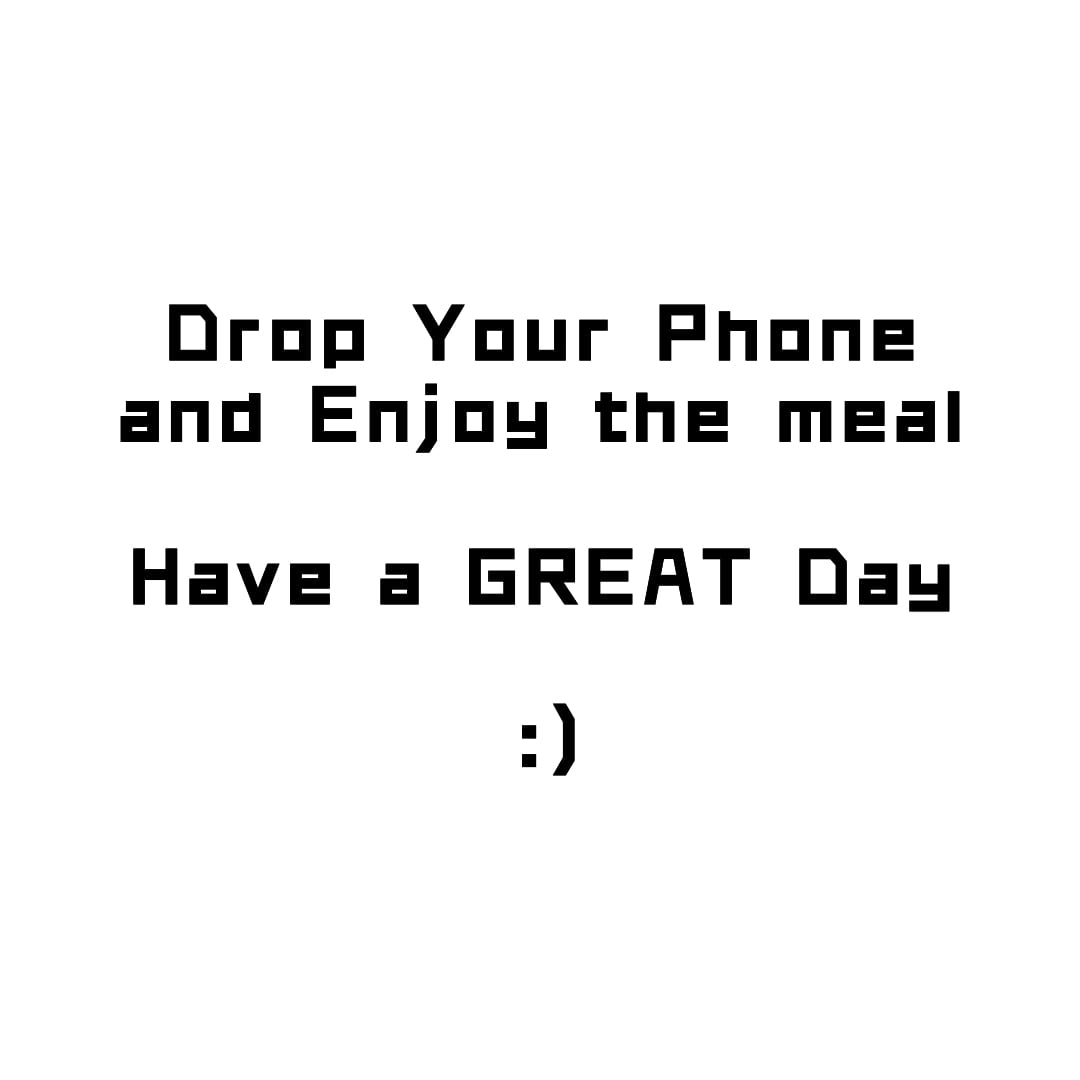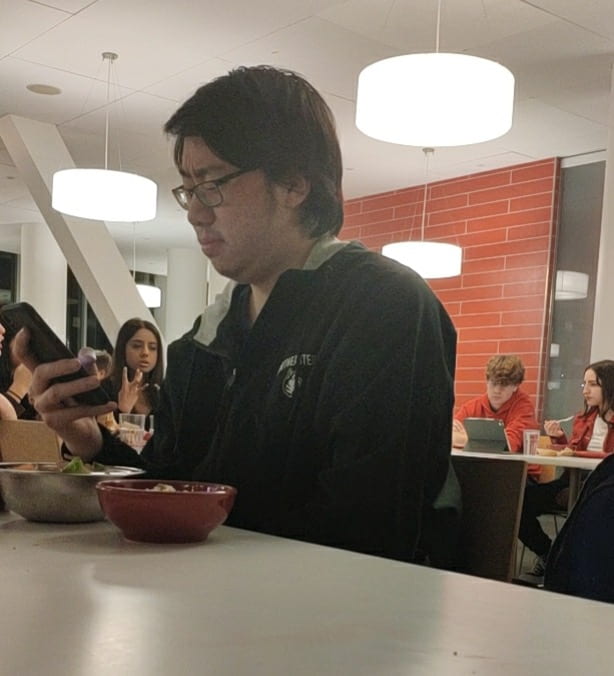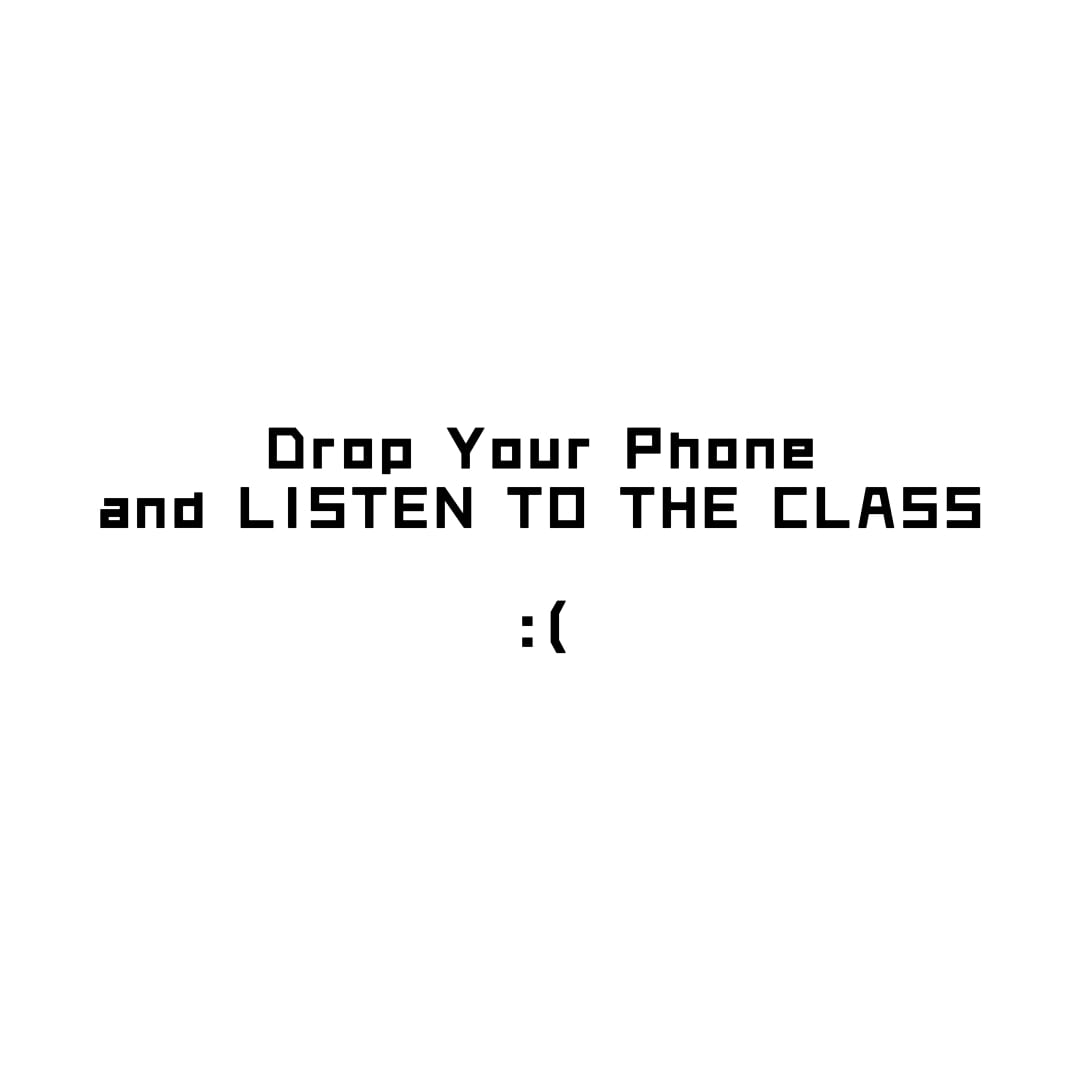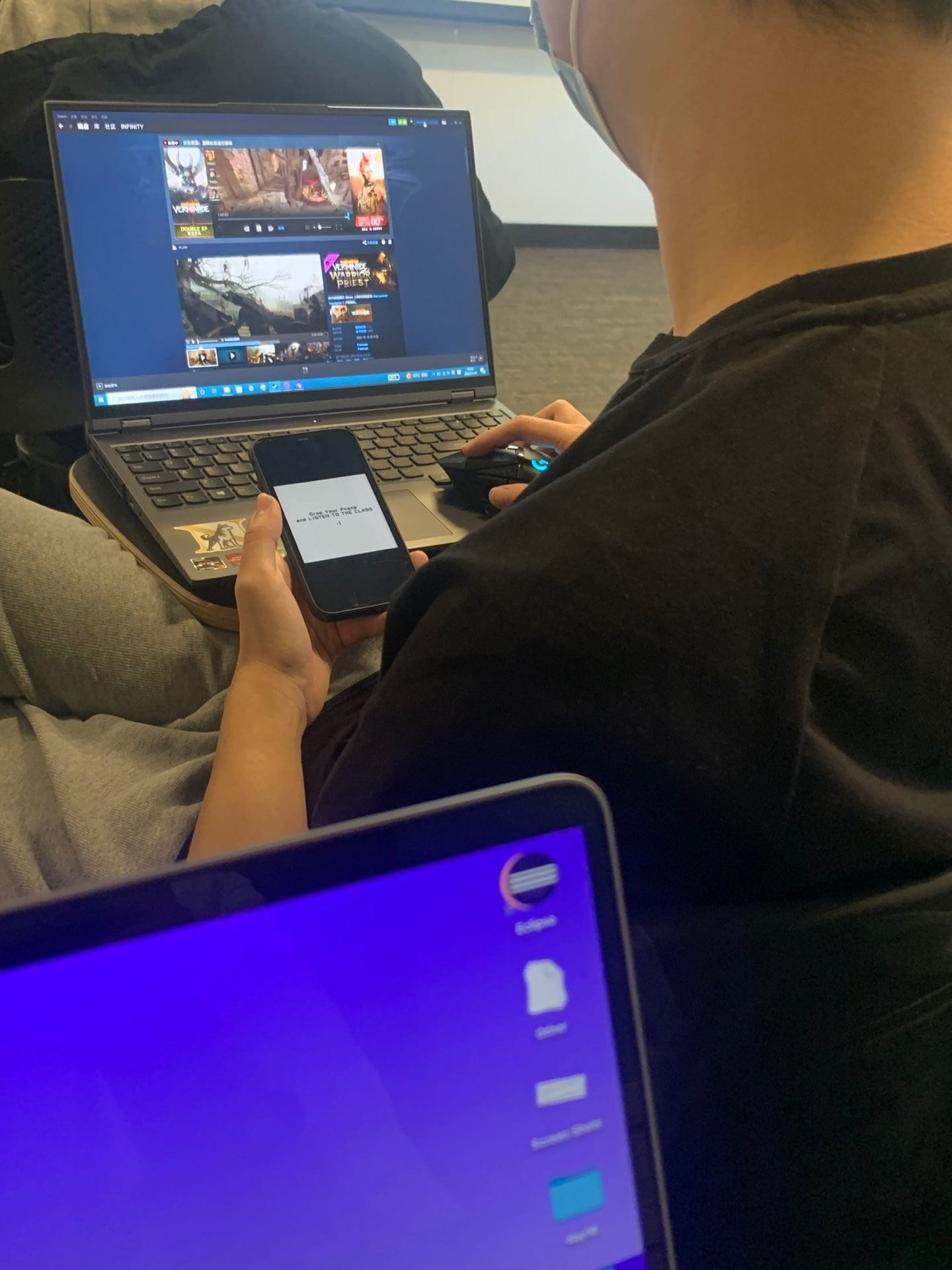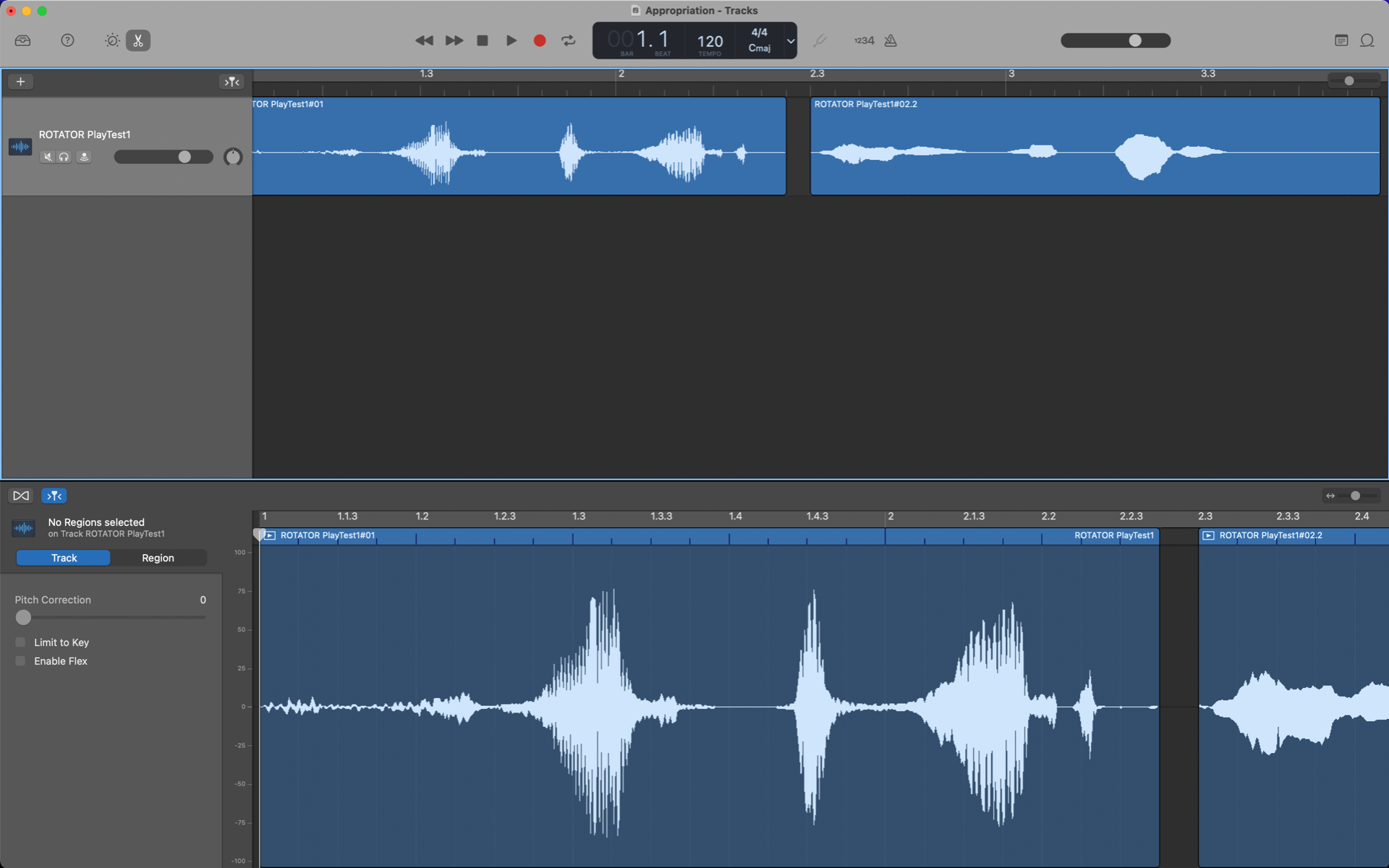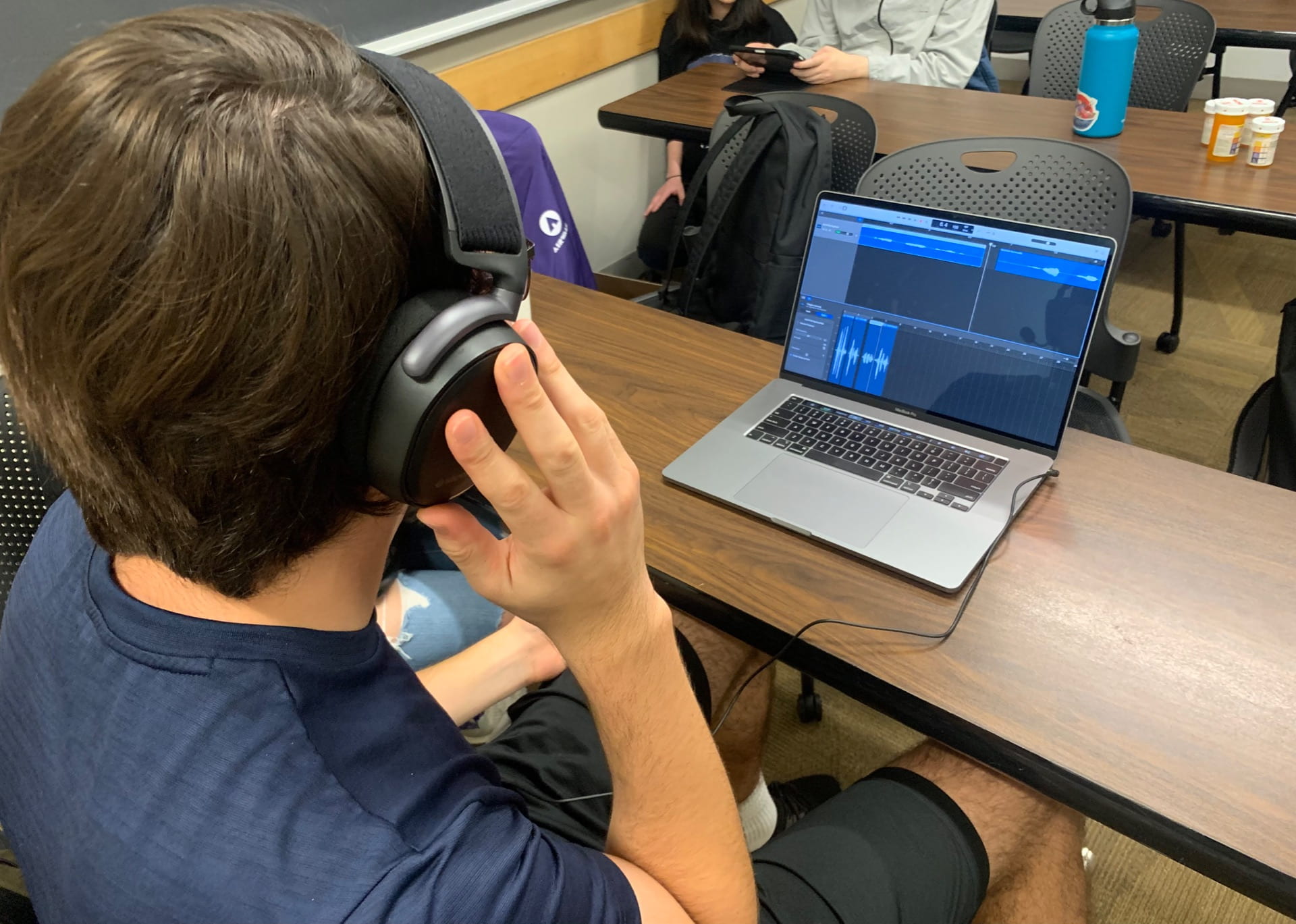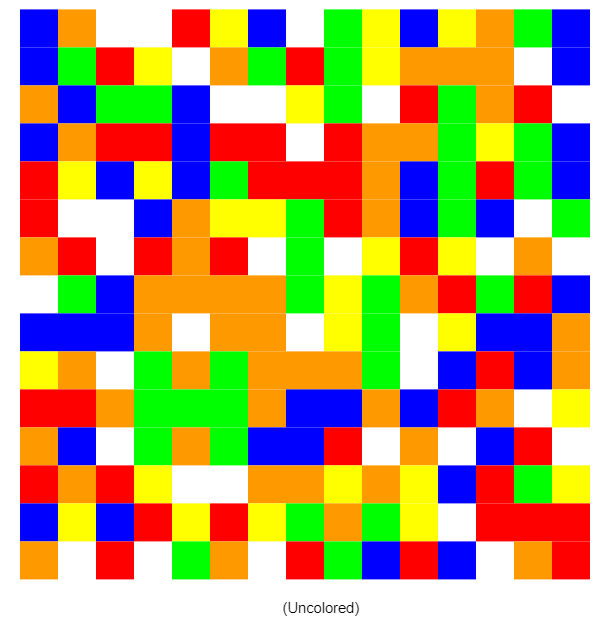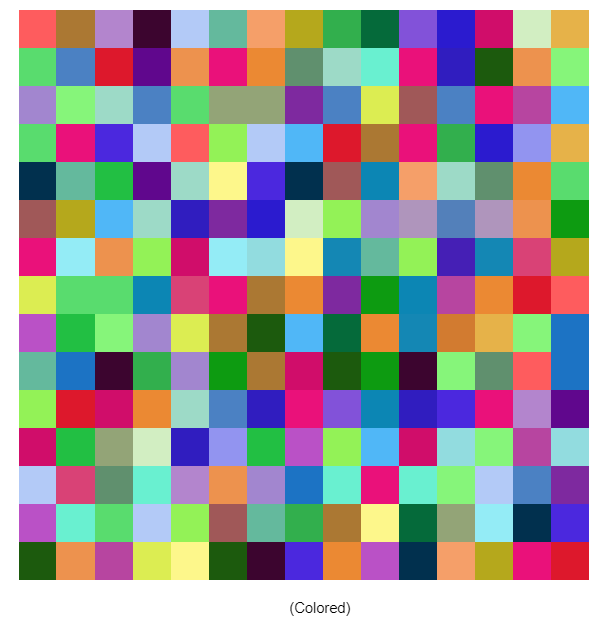Dungeon_Alive: A traveler has found a mysterious place with guardians…
WASD to move
LMB to attack
P to restart the game
Artist Statement:
For our project, we were inspired by the Crowd-Sourced Intelligence Agency (CSIA) by Jennifer Gradecki & Derek Curry from 2015 to 2021. We got inspiration from cheating and tricking the players, and we want to make the players feel more by playing through the game but not get to the point very soon. From the first, we were considering making a digital game about learning player’s behaviors. We would like to make a dungeon which could learn the player’s action and then give some different feedback to cheat or annoy the player. However, from that starting point to begin our project it is a little hard to consider what we want to express. Therefore, we stepped back to the concept of the name of our project – Dungeon “Alive.” We would like to make our players have a feeling that the dungeon is alive, so we switch the views from the player to the “enemies.” How would I react to the player’s behaviors in the condition I am one of the people in the dungeon. If that is not a game, I guess most of the people would react the same while a stranger is getting closer and closer to you and trying to attack you. Apparently, you will try to defend yourself and try to get away from that guy, which is the same as the people in the dungeon. The interesting point is while the players are playing through the game, they will find that their actions are unchangeable and which will completely change the game. Therefore, Dungeon Alive is a game where all of your actions, not just attacks, will affect the dungeon. Through our project, we would like to let people be aware that: It is human beings’ nature to long for power, however this power could also bring different feelings to others, and that could even totally change their lives…
What’s Special:
If you trying to get close to the guardians with the weapon, they will attack you due to self-defense.
If you trying to attack the guardians, they will fight you back. However, the guardians have different humanities, so some of them will fight you back by chasing you positively, but some of them will only stay on the spot.
We create a glitch room for the player who has killed lots of enemies. There’s a powerful weapon that the player can choose to use or not. The shape of a gun refers to the ultimate power. The player may abuse the power in the rest of the levels.
The enemies will run away from the player if the player kills an enemy with the gun. All of them can understand the power of the gun. Then, they lost the will to fight.

